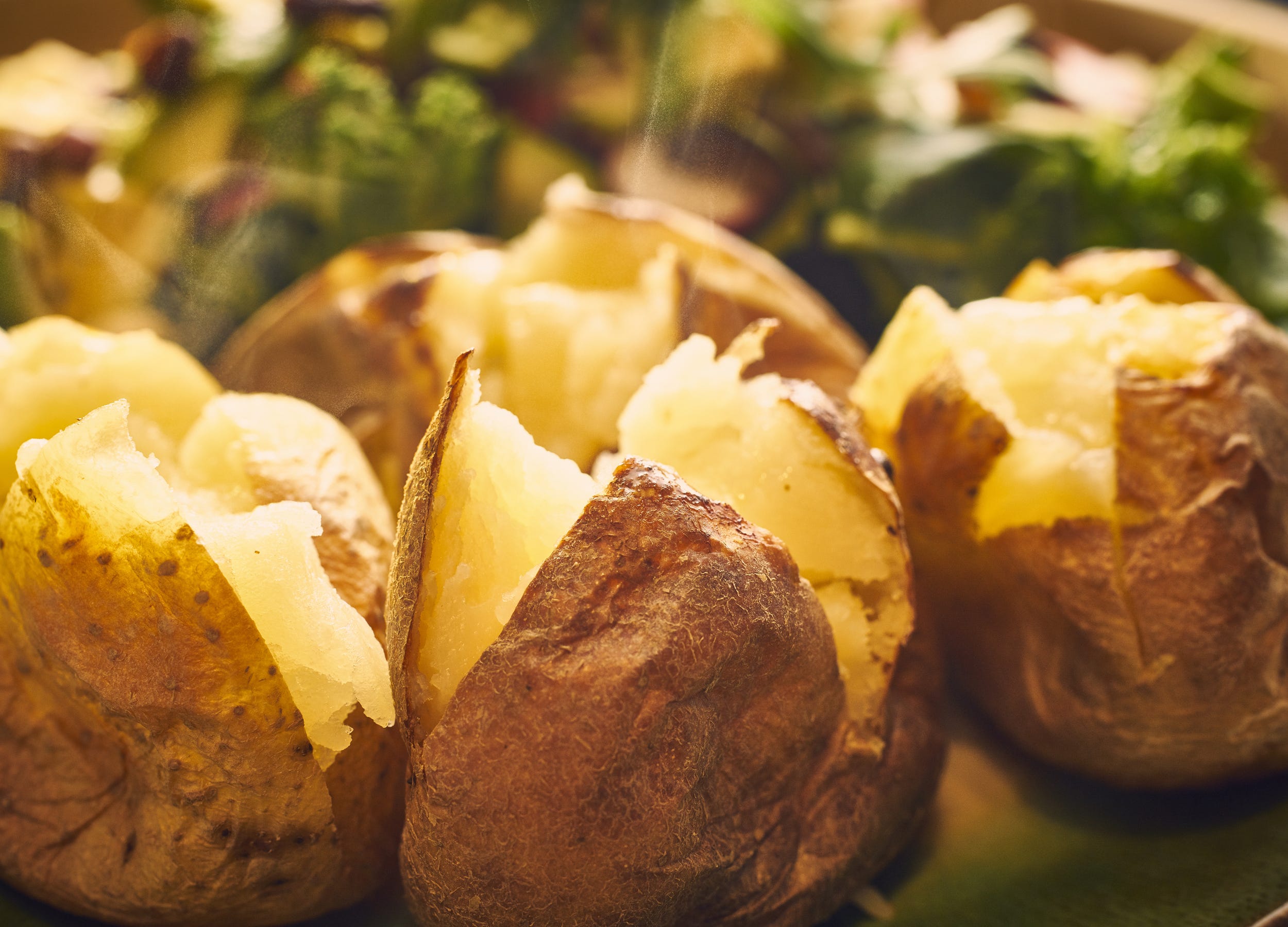
Matthew J Thomas/Shutterstock
- Resistant starch is digested more slowly than simple starch, which can keep your blood sugar levels stable and have positive health effects.
- Resistant starch occurs naturally in whole grains, beans, and legumes. Research has also found that the simple starch in potatoes, pasta, and rice can become resistant if you change the food’s temperature.
- Replacing simple starches with resistant starches may help with weight loss, because you don’t absorb as many calories and the slower digestion process can make you feel more full.
- This article is part of Insider’s guide on How To Lose Weight.
Experts often recommend cutting down on starchy foods for people who are trying to lose weight or who have diabetes. But recent research has found that not all starch is created equal.
Resistant starch, for example, is a type of starch that breaks down slowly like fiber and can have positive health effects. So if you are looking to lose weight and boost your digestive health, you don’t necessarily need to cut carbs altogether. Instead, consider replacing some of the more simple starches with resistant starches in your diet.
Not all starches are created equal
All starches are a type of carbohydrate that breaks down into a form of sugar called glucose during digestion.
Now, some starch — like the kind in a pile of steaming mashed potatoes — breaks down quickly. On the one hand, this gives your body a nice boost in energy, but if glucose is absorbed into your bloodstream too rapidly, too often, then over time it can cause health problems such as obesity and type 2 diabetes.
That’s where resistant starches can help. They get their name from how they resist digestion.
"Resistant starch is digested in the same way as other starch, just more slowly," says Joshua Lambert, a food science professor at Penn State University.
Your body digests these starches more slowly because of their molecular structure. Resistant starches exist naturally in foods like grains, beans, and legumes. But they can also form in foods like pasta and potatoes by cooking and then letting them cool.
For example, when you cook a starchy food like pasta, the starch molecules relax and spread further apart, making the food easier to break down and digest, which can cause a spike in blood sugar.
But just as cooking causes the starch molecules to relax, this same process reverses as the food cools, basically snapping back into place like a stretched rubber band that's been released. The starch molecules pack together more densely and become harder to break down, slowing the digestion process and maintaining more stable blood sugar levels.
If you are disappointed by the idea of having to eat cold pasta, there may be an added bonus. According to a small, preliminary experiment by the BBC team who runs "Trust Me, I'm A Doctor" — if you reheat your pasta after letting it cool, the starches become even more resistant to digestion. Another 2016 study in the journal Food Chemistry found that chilled potatoes had more resistant starch than reheated potatoes, though both had more than hot potatoes.
How a starch becomes resistant
There are several different types of resistant starches that can show up in food:
- Naturally occurring resistant starches. These include seeds, whole grains, and legumes.
- Starches in raw or unripe foods, such as unripe bananas and raw potatoes.
- Resistant starches created by cooking and then cooling. This applies to carb-heavy foods like potatoes, pasta, and rice.
- Chemically modified resistant starches, found in specially processed, fortified foods and supplements.
Resistant starches offer unique health benefits
If you are on a diet, replacing simple starches with resistant starches may help you lose weight. The slower digestion process can make you feel more full, which may curb unnecessary snacking. Moreover, when you eat resistant starch, your body won't absorb as many calories as it normally would from starchy food.
Because resistant starch can pass through your entire digestive tract without breaking down, it can reach your large intestine or colon largely intact. When this happens, the starch will ferment instead of being converted to glucose. This fermentation process provides food for the good bacteria in your intestines that help with digestion. "This promotes colon health," Lambert says.
In fact, experts are in the early stages of investigating whether resistant starches could play a role in preventing colon cancer.
Don't give up on regular starches
Though resistant starches offer some health benefits, you don't have to focus on them exclusively. For a healthy person, eating other forms of carbohydrates, such as fruit, can provide a helpful energy boost to the body.
Lambert says that while resistant starch is an important part of the diet, it is not a cure-all. "Like anything else, it is important to keep it in the context of a healthy diet. Lots of extra resistant starch isn't going to make up for an unhealthy overall diet."
Related stories about popular diets:
- What the different types of carbs are and how they can affect your health
- Everything you need to know about carb cycling
- Does intermittent fasting work? Research doesn't have a definite answer for its long-term effects
- Why the Mediterranean diet is touted as one of the best by dietitians
- What a full day of eating looks like on the Mediterranean Diet, according to nutritionists
- Why the Noom diet is proven to help people lose weight
- Everything you need to know about the keto diet
